Unlock Your Childs Potential with Educational Toys
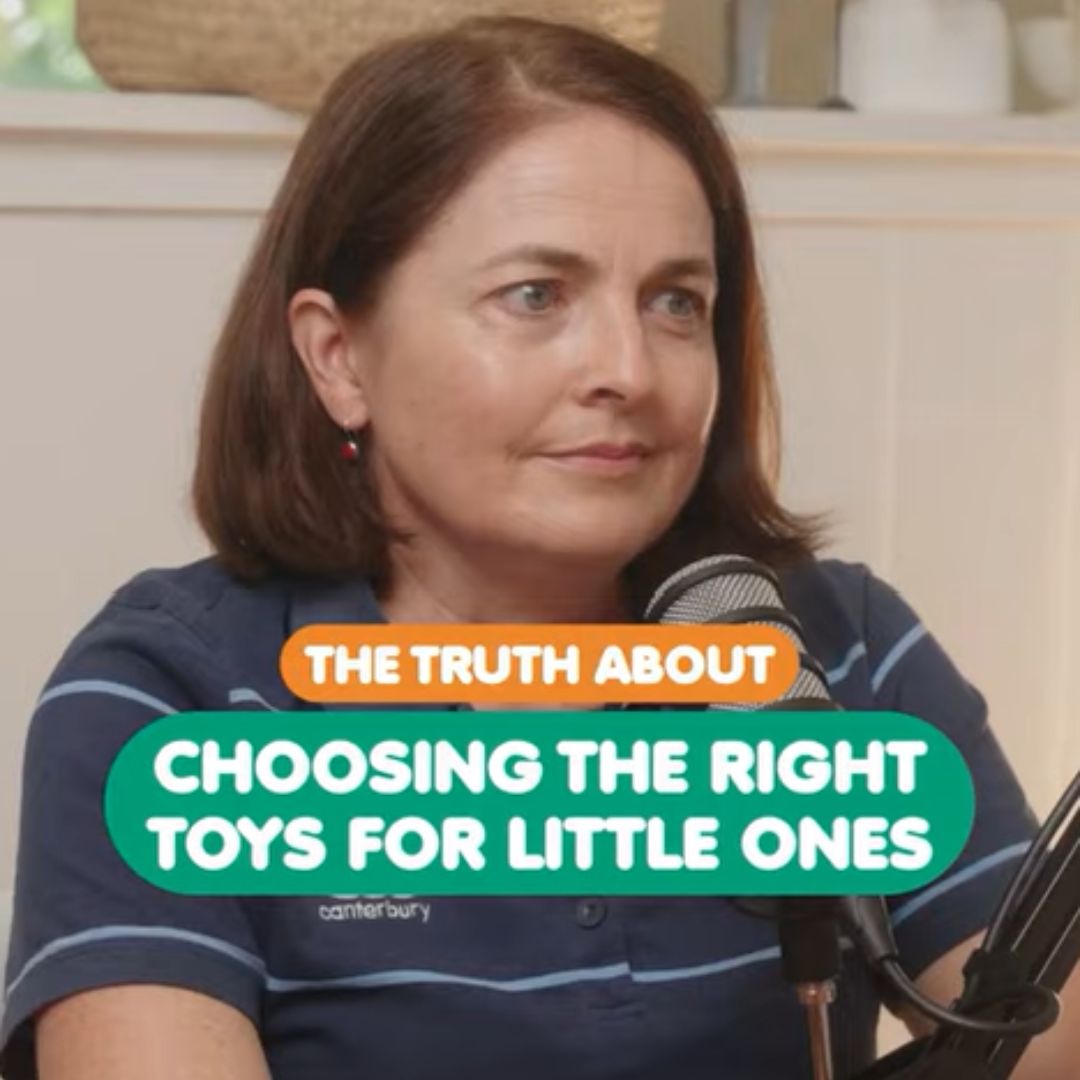
Unlock Your Child’s Potential with Purposeful Toys: Insights from Pediatric Physio, Wendy Astbury
When it comes to choosing toys for your little one, the options can seem endless. With so many products claiming to boost development, it can be tricky to know what’s truly beneficial for your child's growth.
Recently, we had the pleasure of chatting with pediatric physiotherapist Wendy, who shared some valuable insights on selecting toys that help build essential skills like fine motor, gross motor, and language development.
"Most toys have a particular focus"
One of the key takeaways from Wendy’s advice is to focus on toys with a clear developmental purpose. “Most toys have a particular focus,” she explains. “It might be fine motor skills, language skills, or gross motor development. The important thing is to be aware of what that focus is when choosing toys that best suit your little one.”
For instance, simple toys like balls, puzzles, and books are fantastic tools for sparking growth. Balls help develop gross motor skills, while puzzles can build fine motor skills and problem-solving abilities. And don’t underestimate the power of a good book! Not only do books help with language development, but they also create moments of connection and bonding with your child.
Cause-and-effect toys are also brilliant for babies between 6 and 18 months. Wendy describes these toys as ones where “if you push a button, something happens every time.” These kinds of toys teach your baby the concept of cause and effect. If they do something (like press a button), they see a reaction (like a toy popping up). This reinforces their understanding of how their actions impact the world around them, which is crucial for cognitive development.
Toys that have a clear purpose or a defined endpoint are particularly valuable in the early years. “Take puzzles, for example,” Wendy says. “You finish your puzzle, and the toy is done. You can play with it differently next time, but you’ve had a nice, concise interaction with that toy.” These kinds of purposeful interactions are great for helping little ones feel a sense of accomplishment and structure in their play.
As parents, it’s easy to get caught up in flashy, high-tech toys, but often the simplest toys provide the most developmental benefits. Balls, puzzles, and books are classic for a reason.
For more tips on choosing the best toys for your little one, be sure to follow along for updates!
Transcript
Most toys will have a particular focus such as fine motor skills or language skills or gross motor and so you just want to be aware of what that focus is when you're looking at which toys are the best for your little one. Simple toys are balls lots of balls, puzzles, books. Very simple cause and effect toys are also fantastic.
So by that I mean toys where if you push a button something happens every time. So the little one learns if I do this that toy will pop up. So those toys are really important at around the 6 to 18 months of age. Toys that have purpose or have a definitive end point are really good in the early years. So a puzzle.
You finish your puzzle that toy is finished. You can play with it a different way next time you do it but you've had that nice concise interaction with that toy.
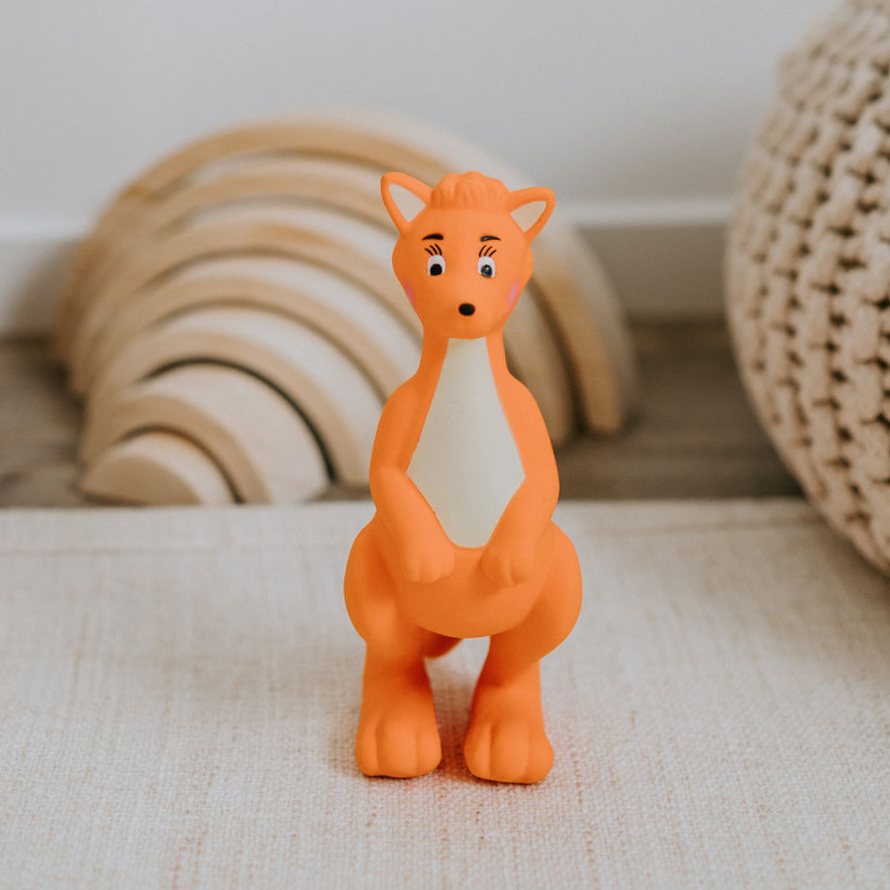
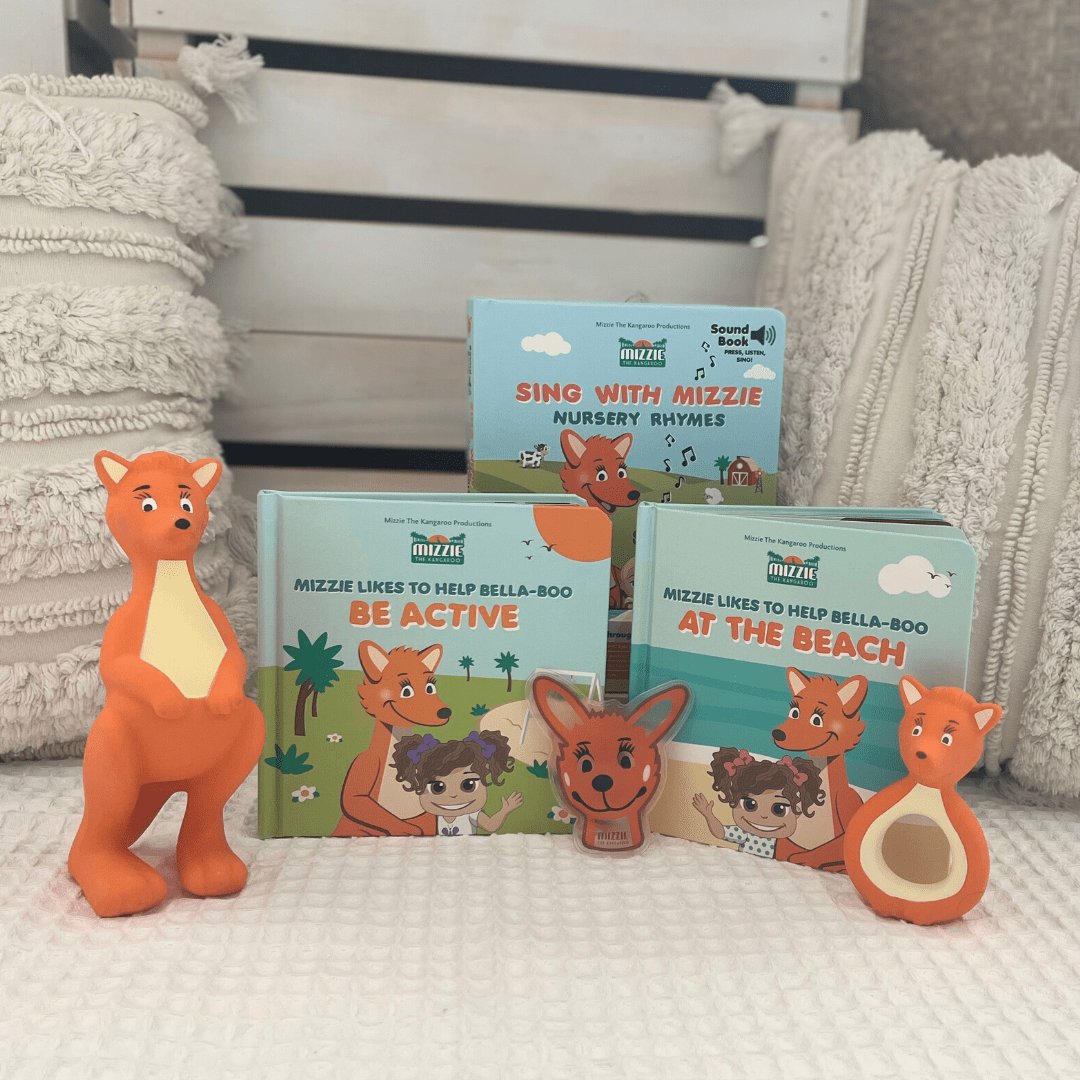
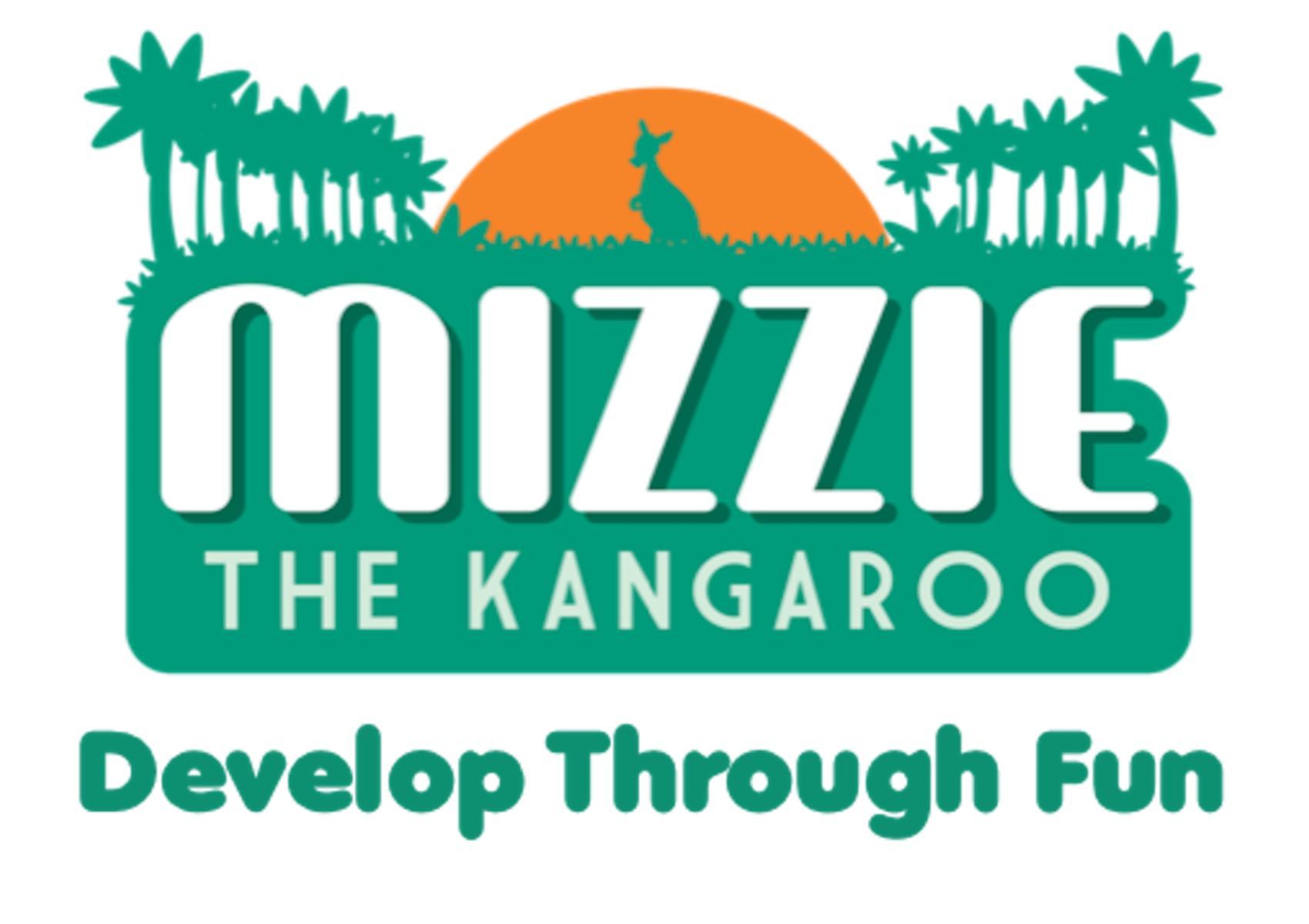
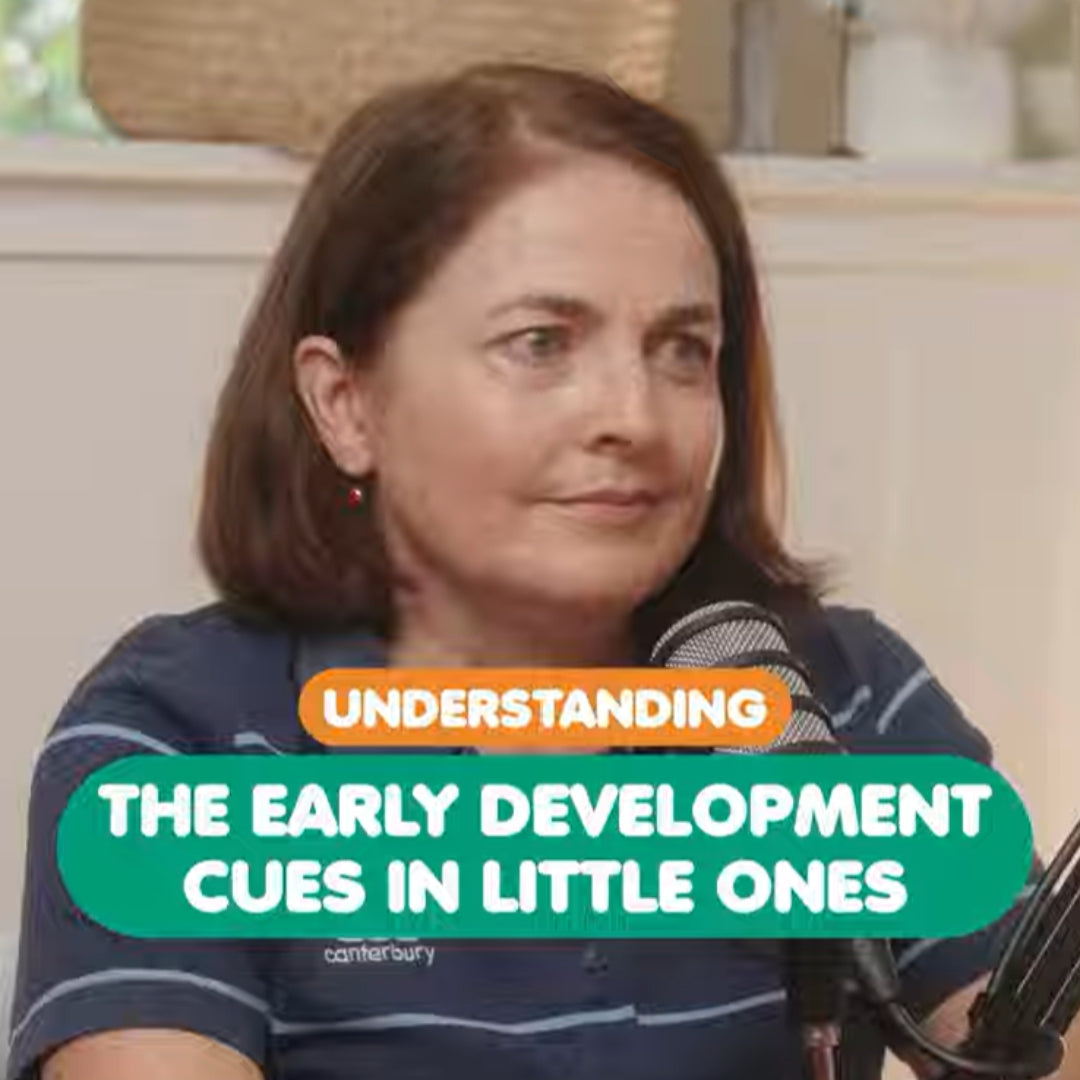
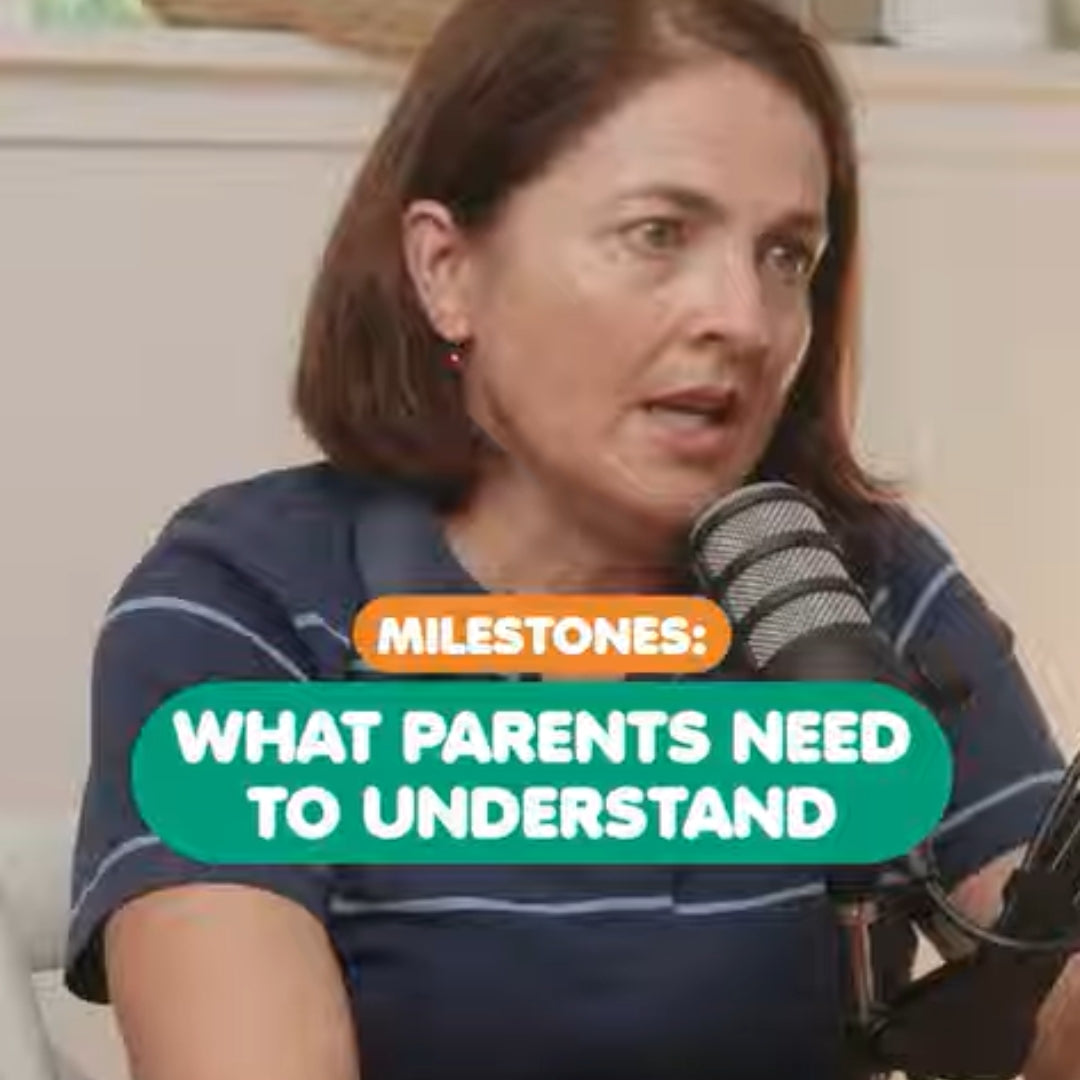

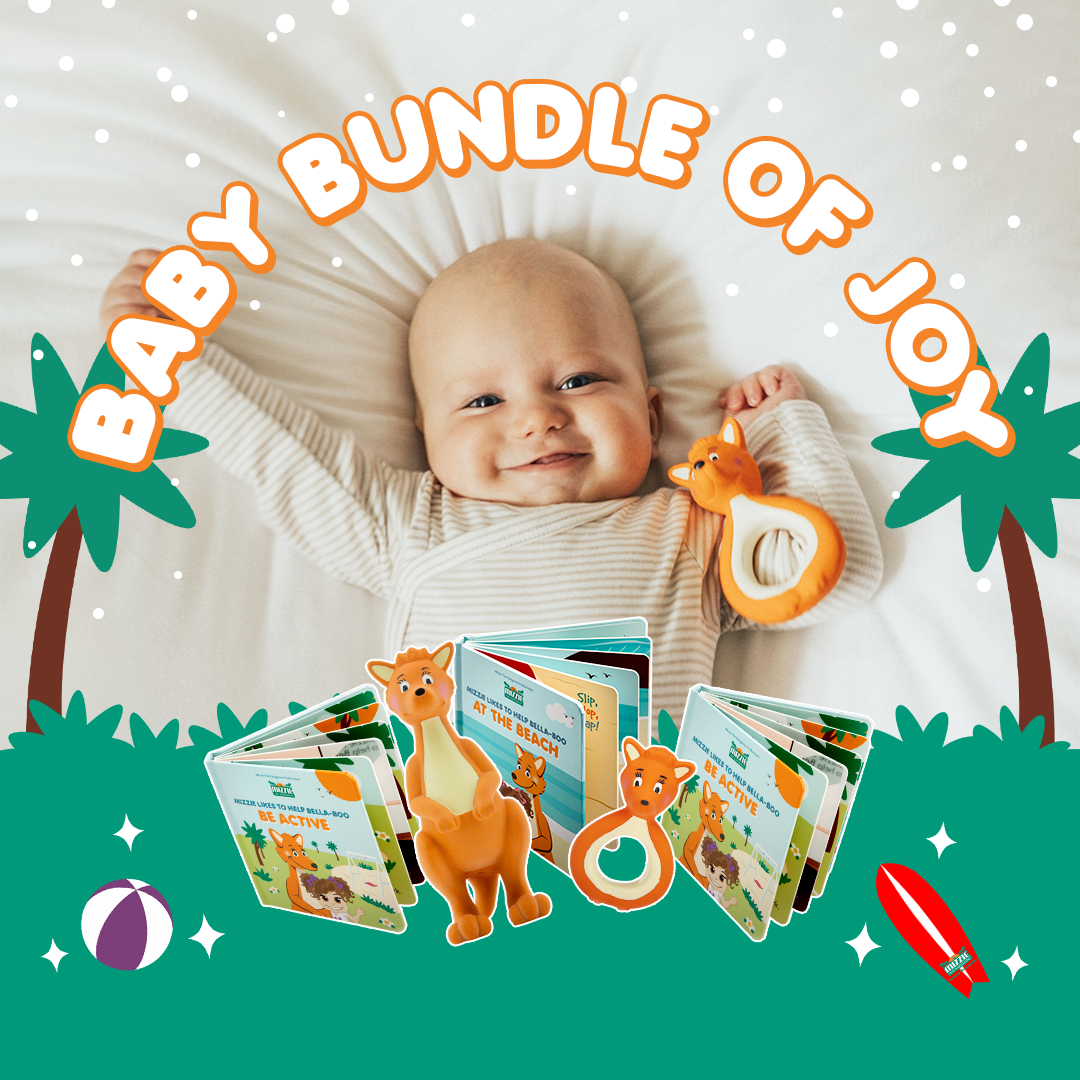
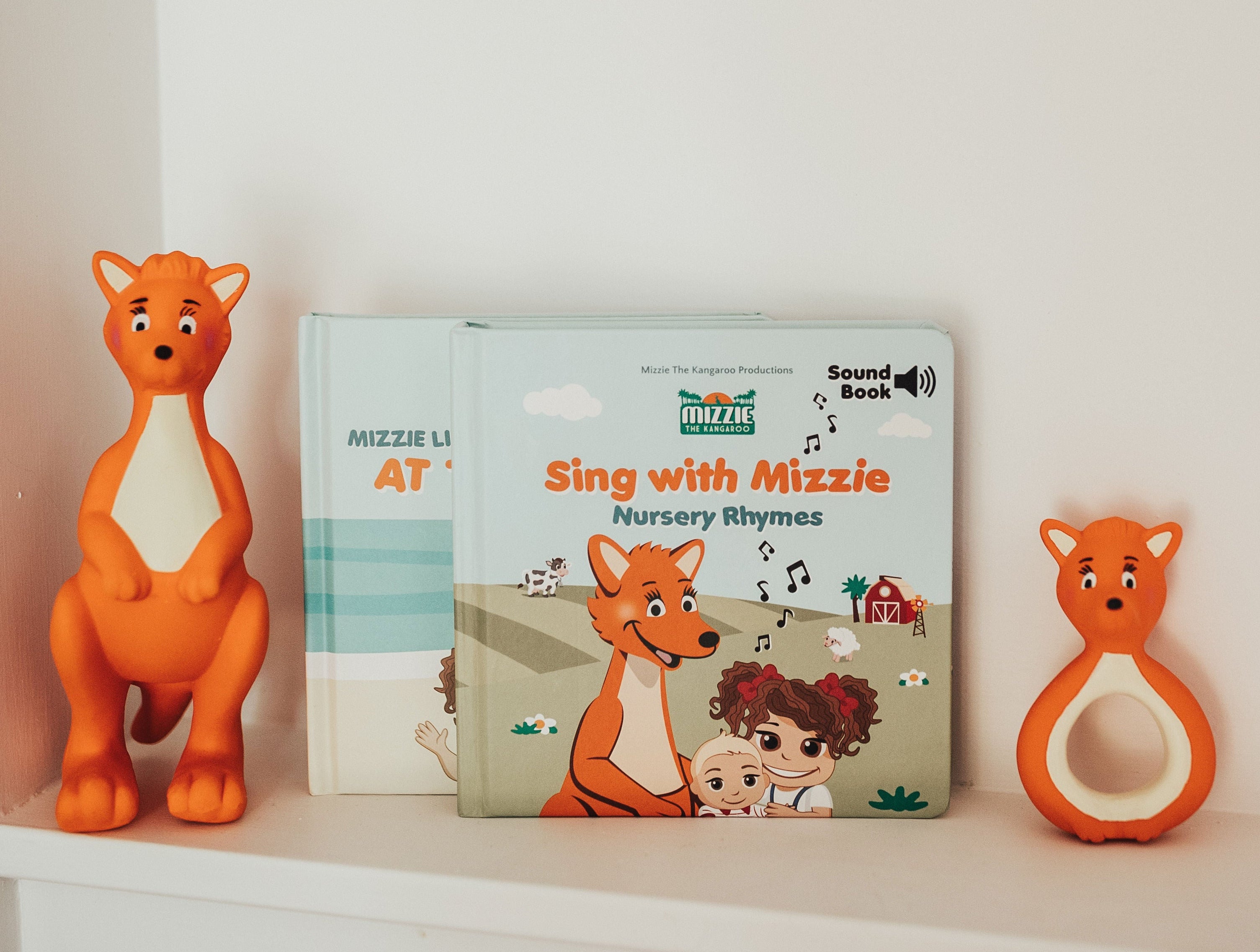
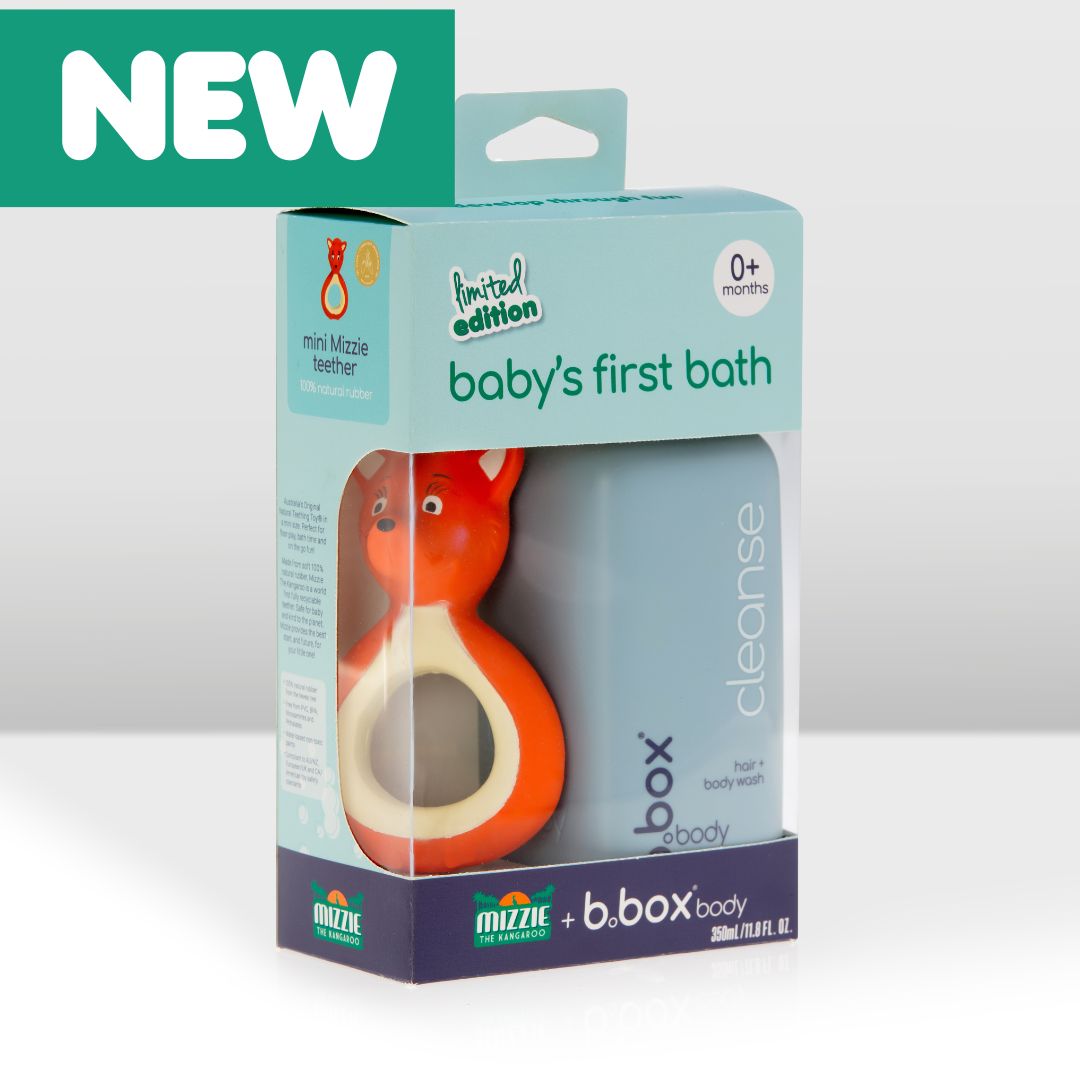
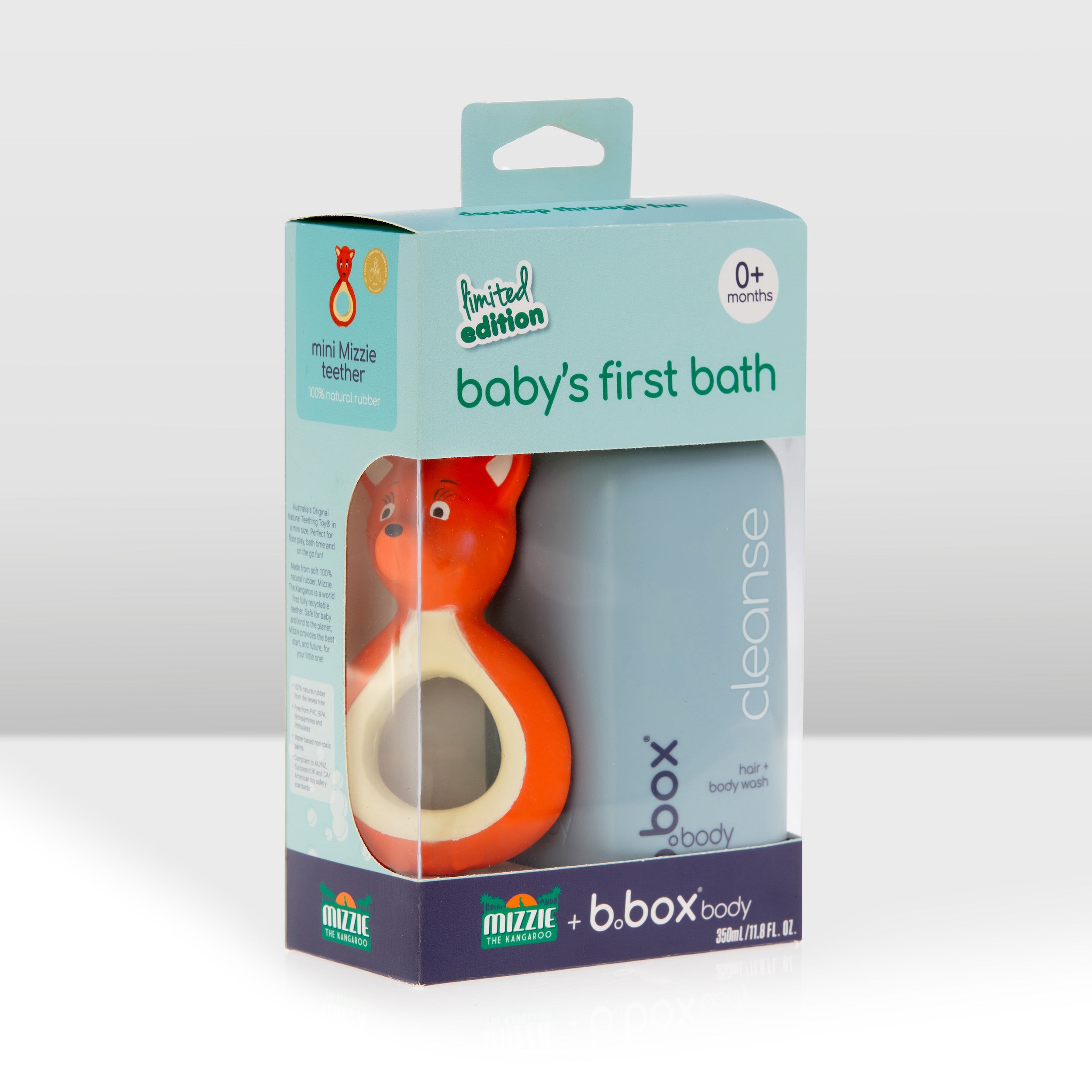
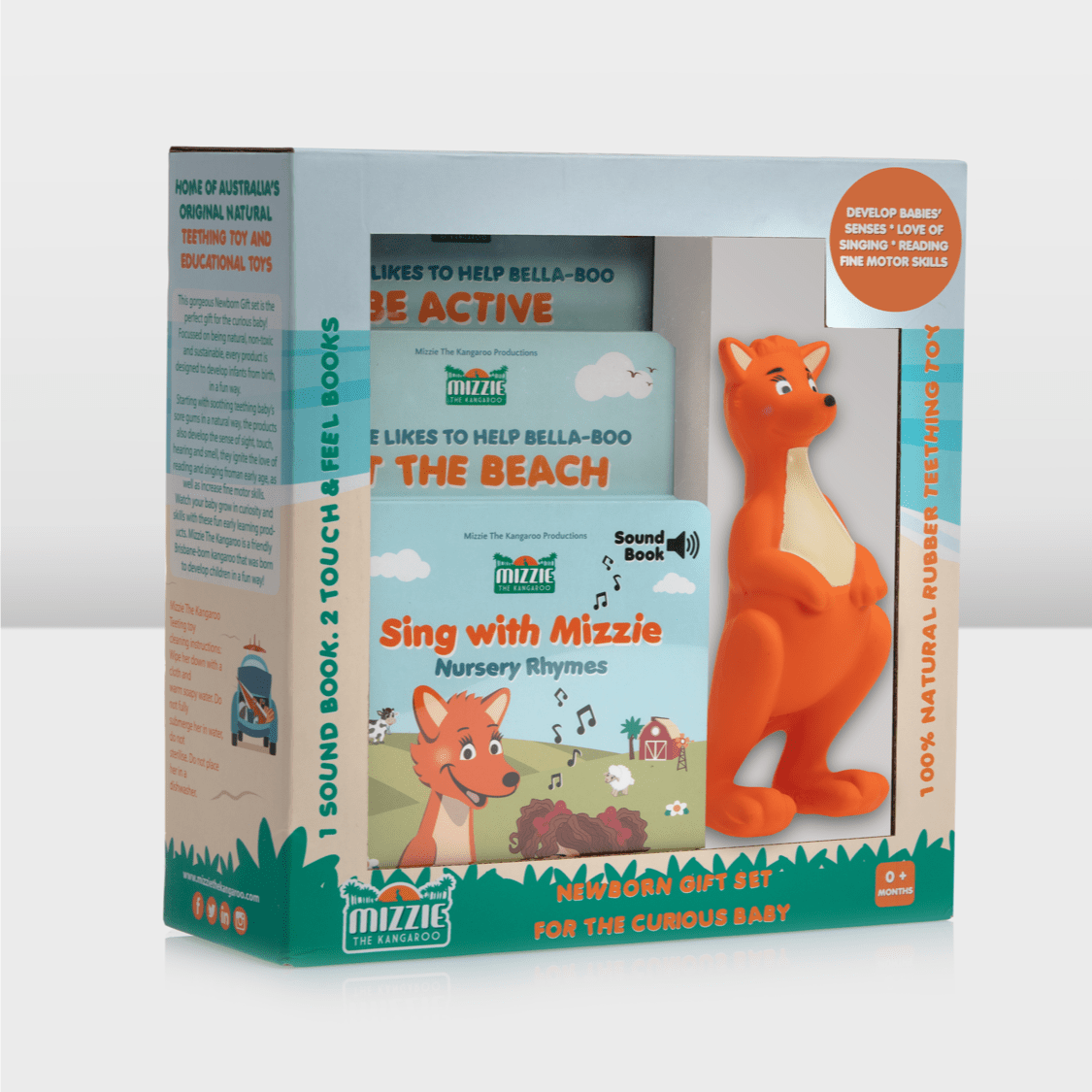
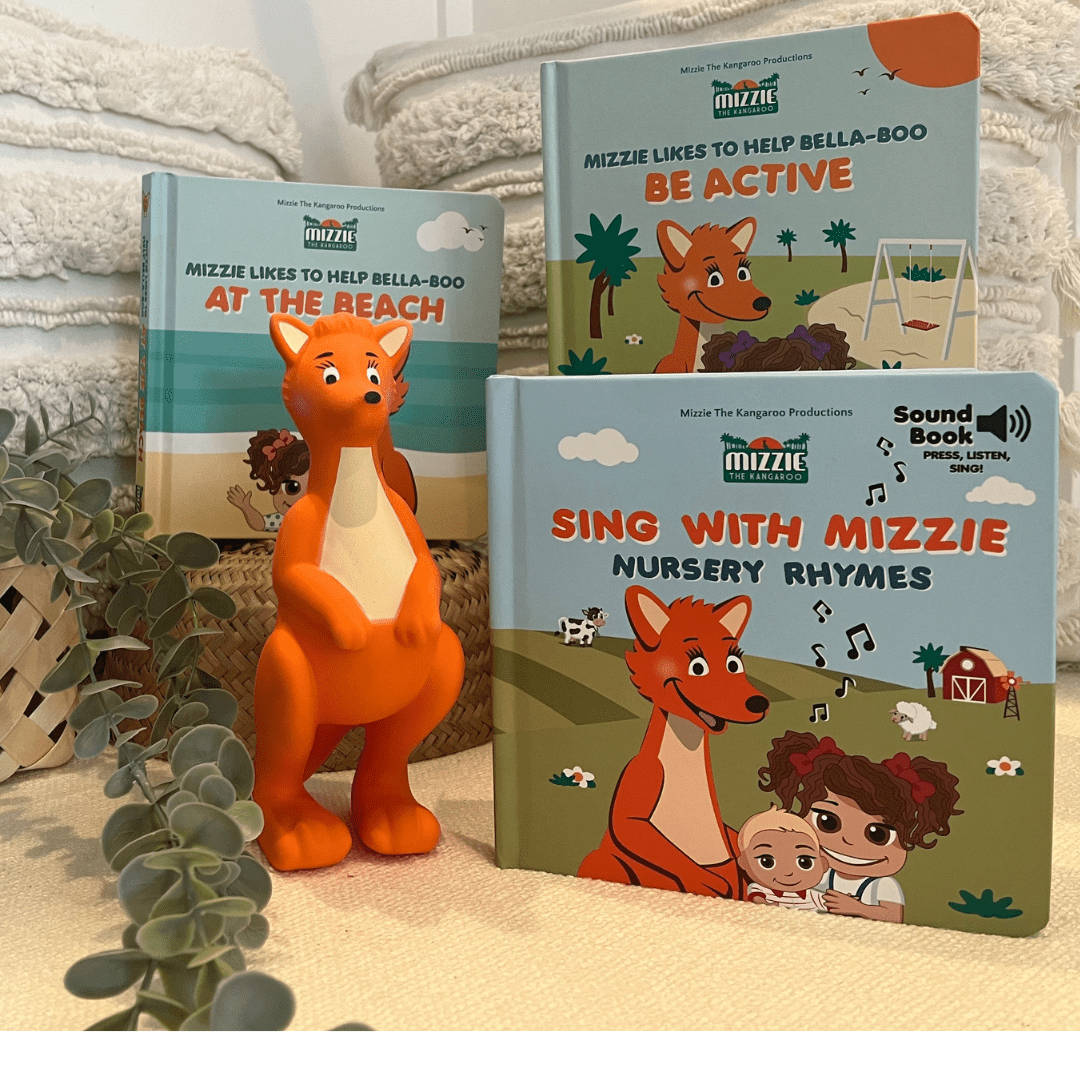
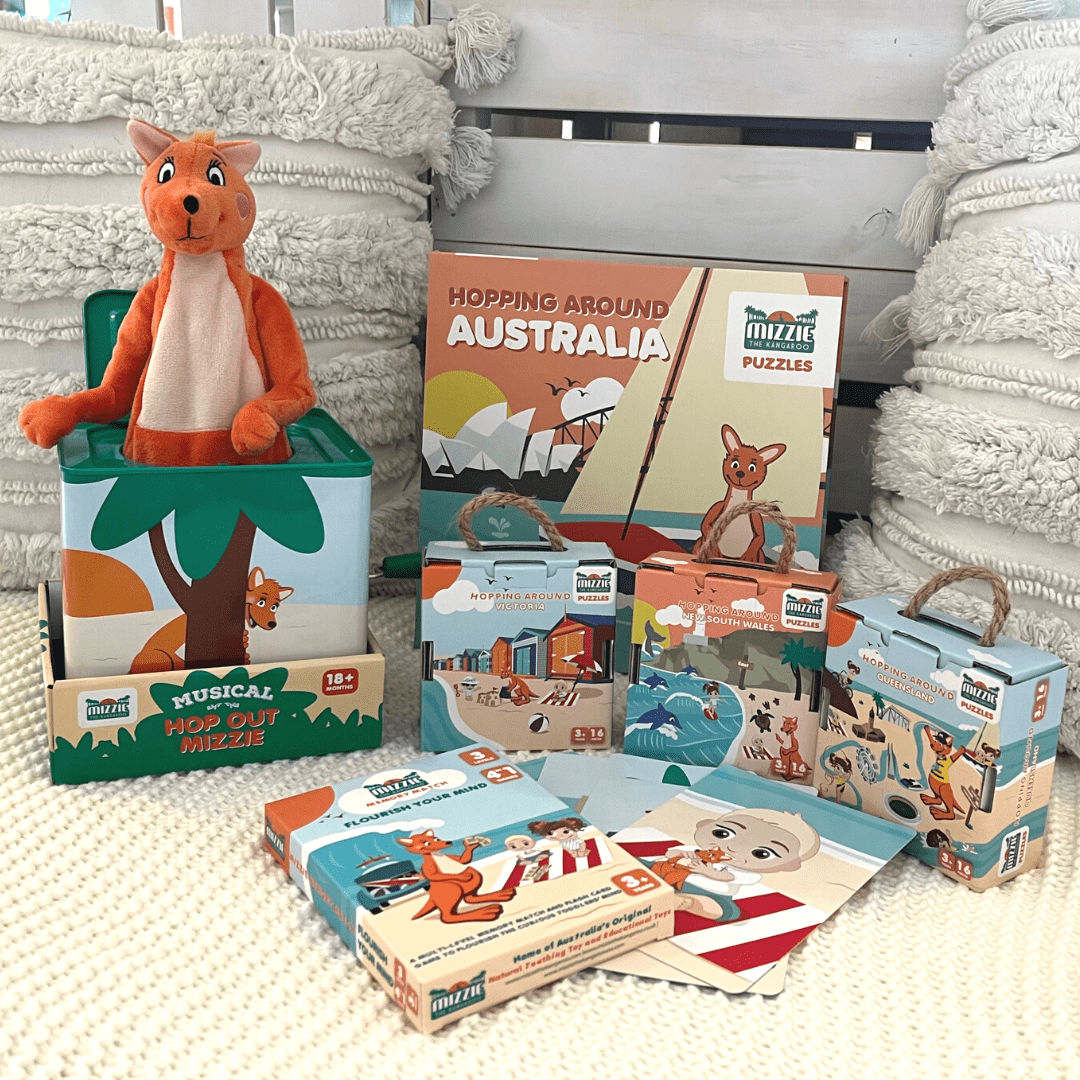
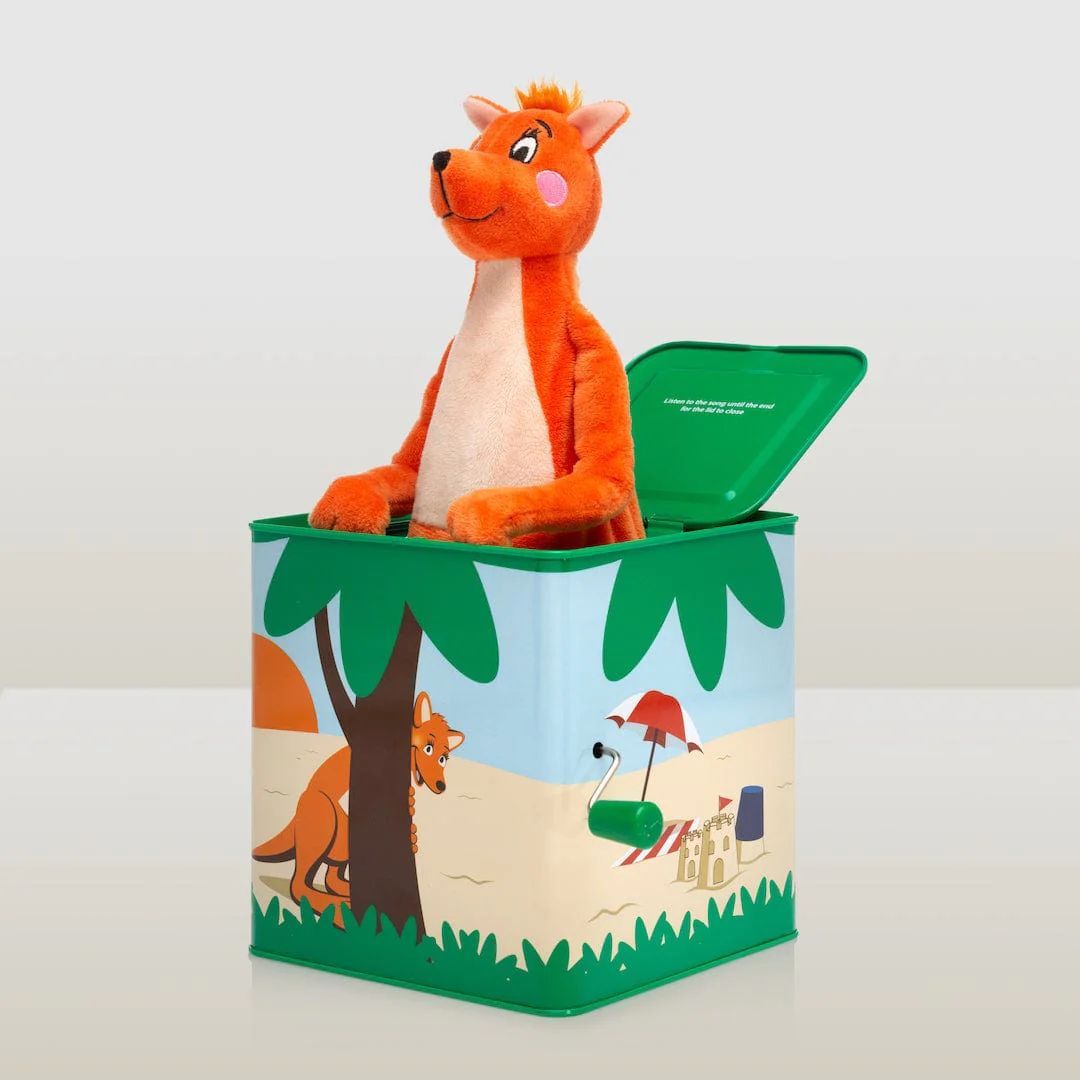
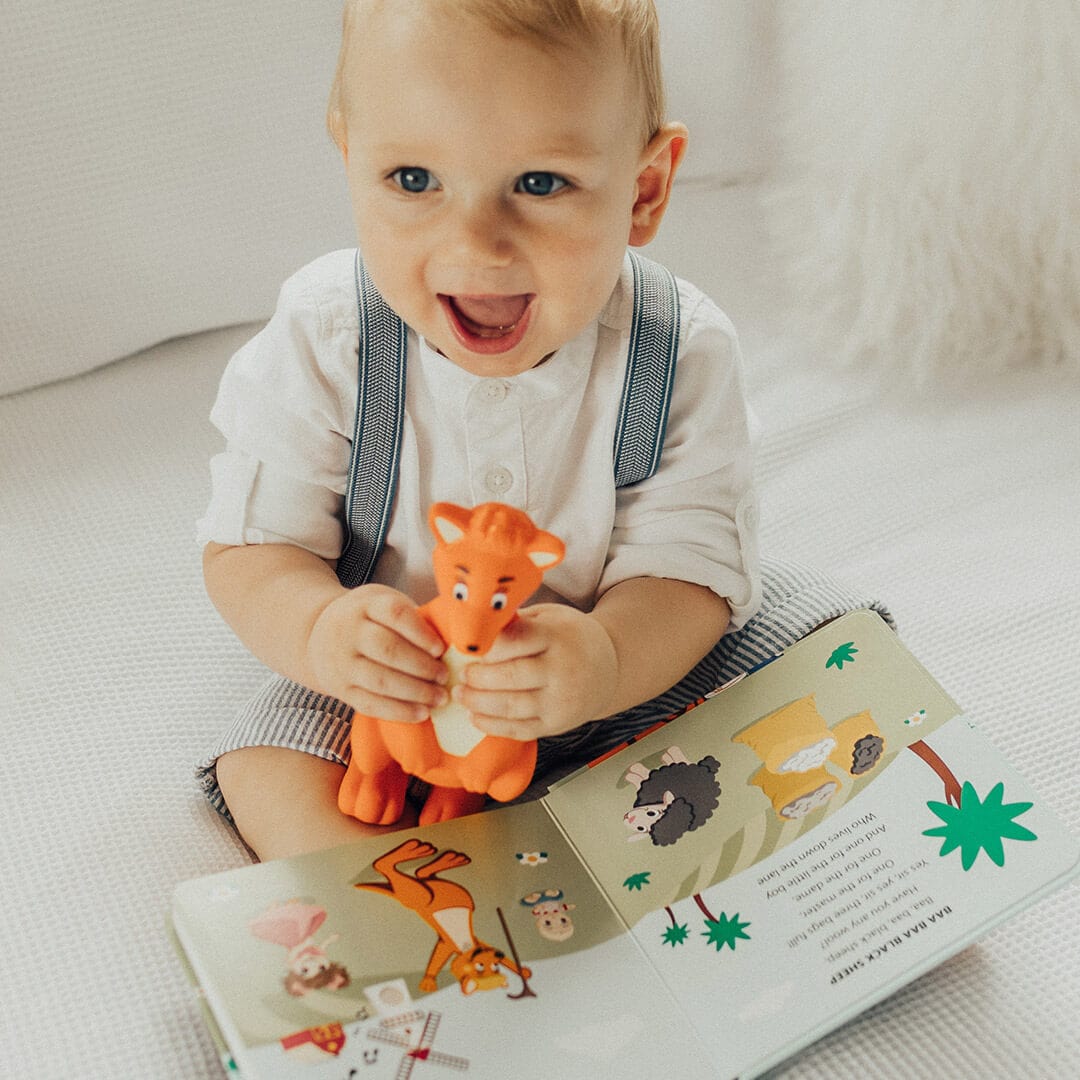
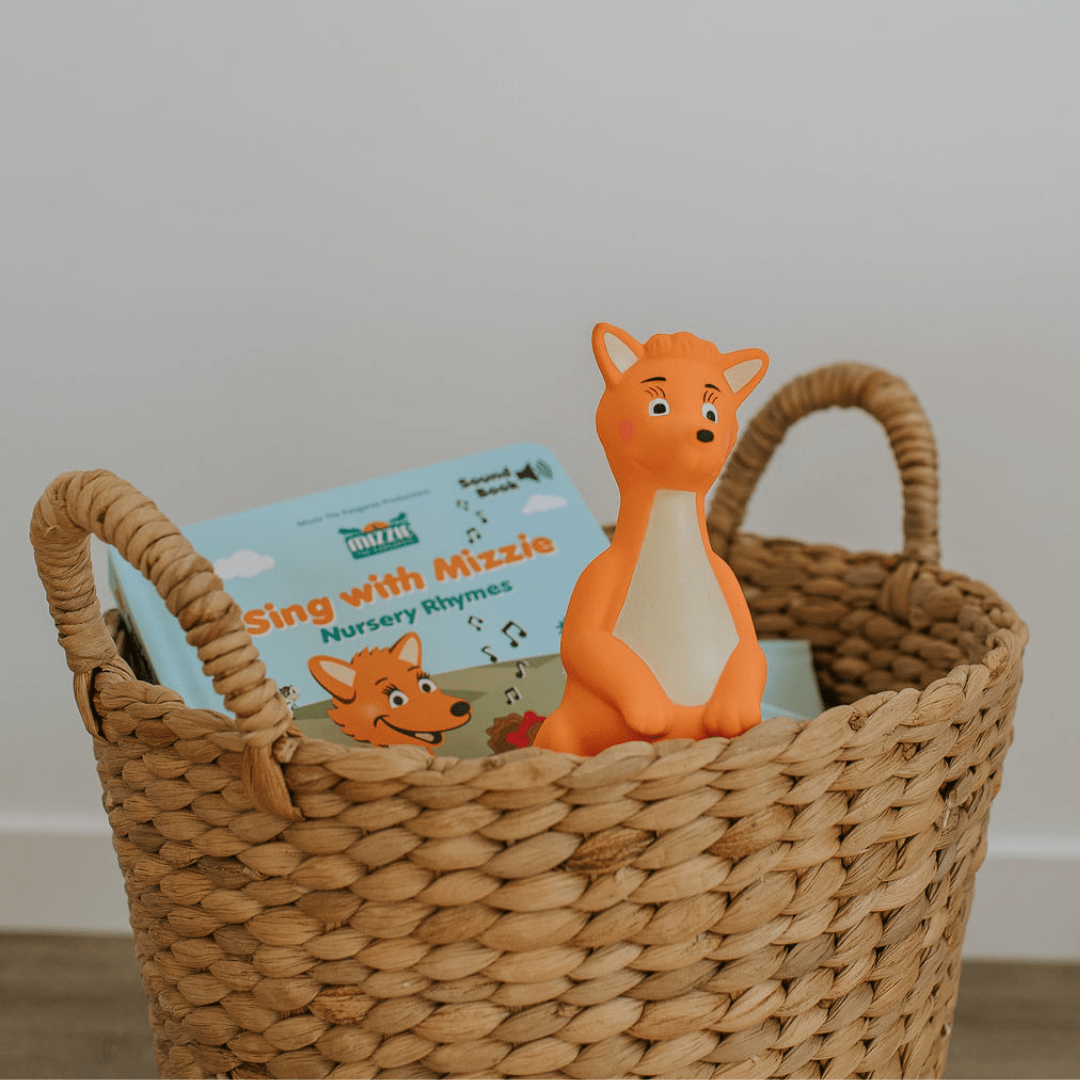
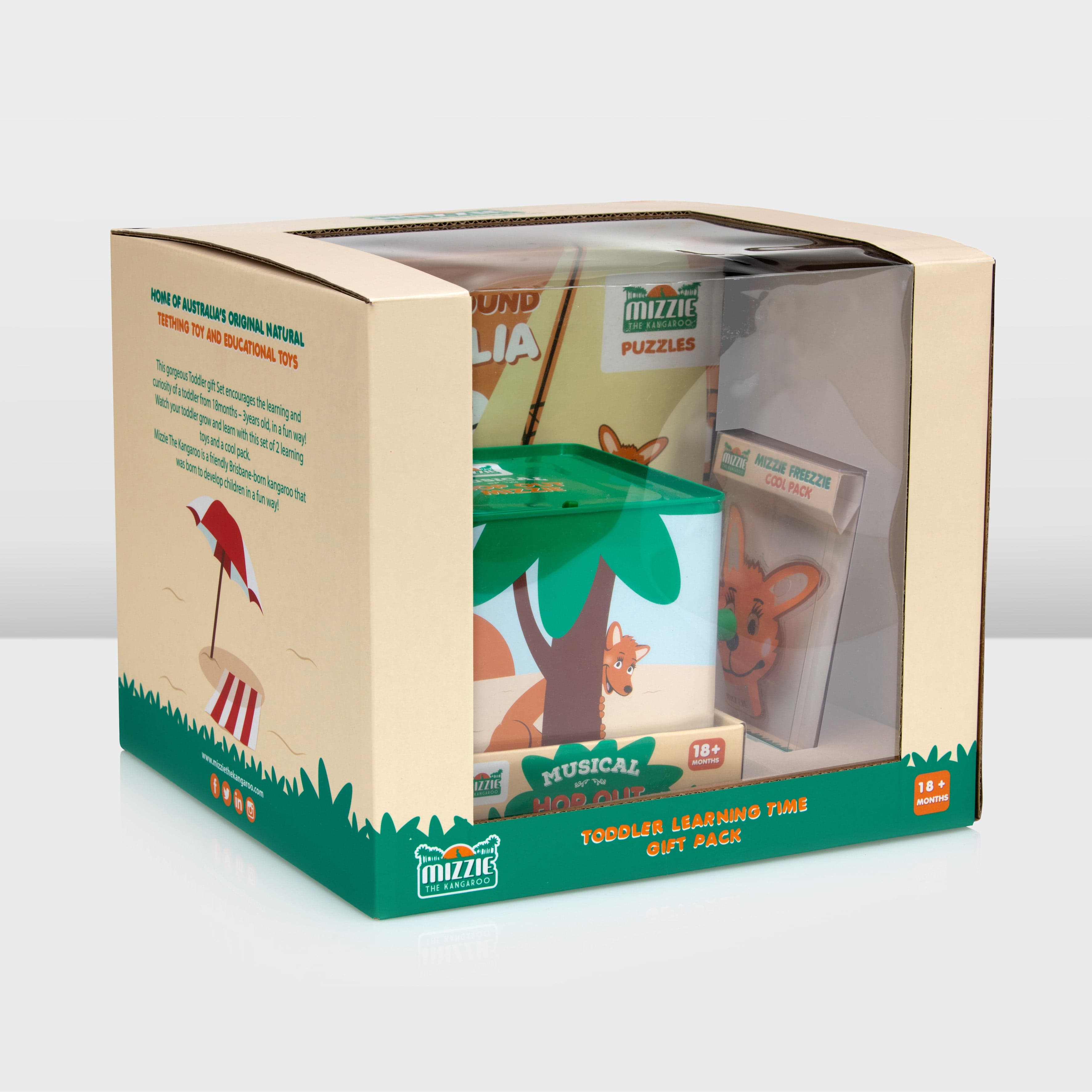
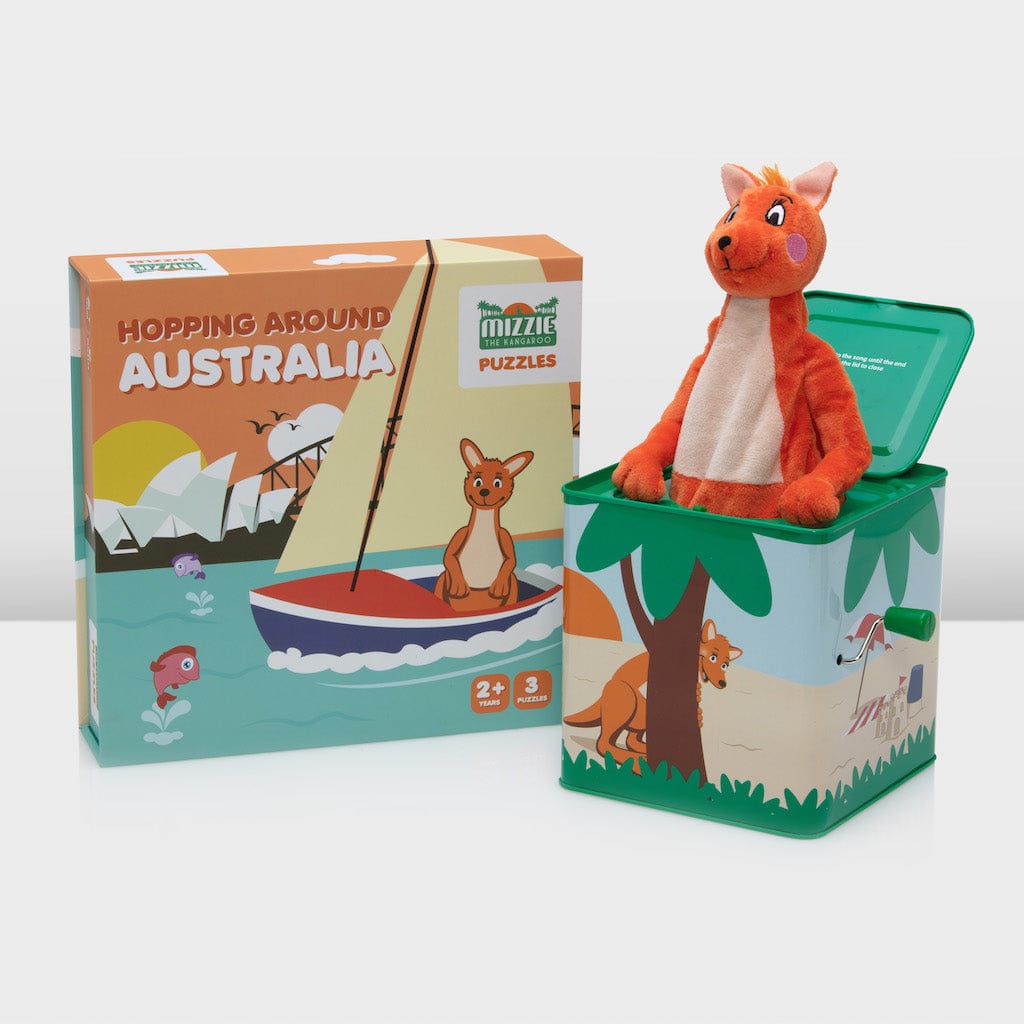
Leave a comment